black spot
also known as age spots are small, flat dark areas on the skin. They vary in size and usually appears on areas exposed to the sun; such as the face,hand, shoulder and arms. Age spots are also called sun spots, liver spots and solar lentigines.
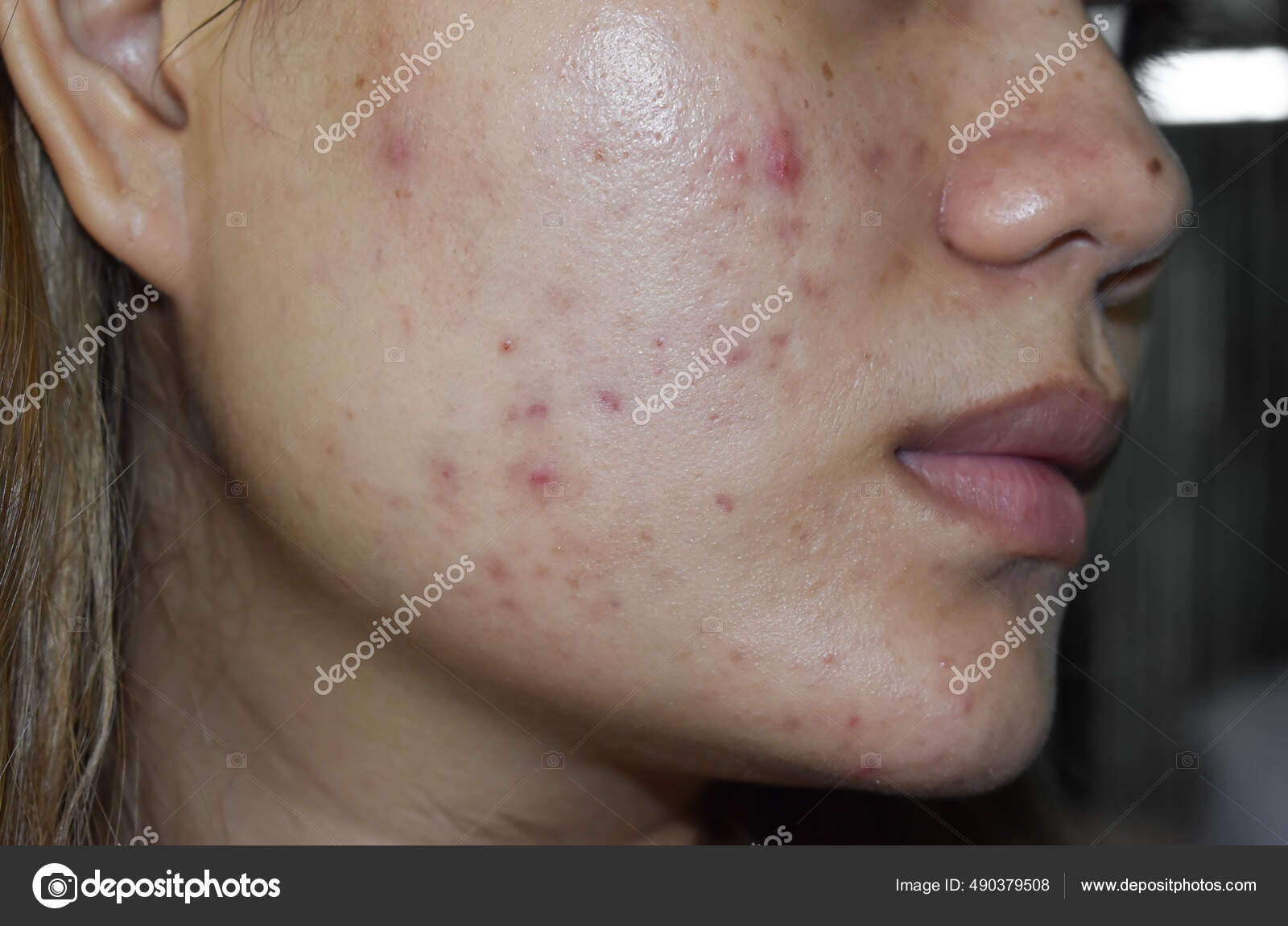
Age-spots are very common in adults older than 50, but young people can get them if they spend time in the sun.
Age spots can look like cancerous growths. True age-spots don't need treatment, but they are a sign that the skin has received a lot of Sun exposure and are an attempt by your skin to protect itself from more sun damage. For cosmetic reasons they can be lightened or removed.
Dark spots on the skin can happen at any time but most commonly appear in the middle age. They are most often a result of cumulative exposure to sunlight or artificial ultraviolet(UV) light used in tanning beds . Dark spots can occur on the face or other areas that are often exposed to the sun.
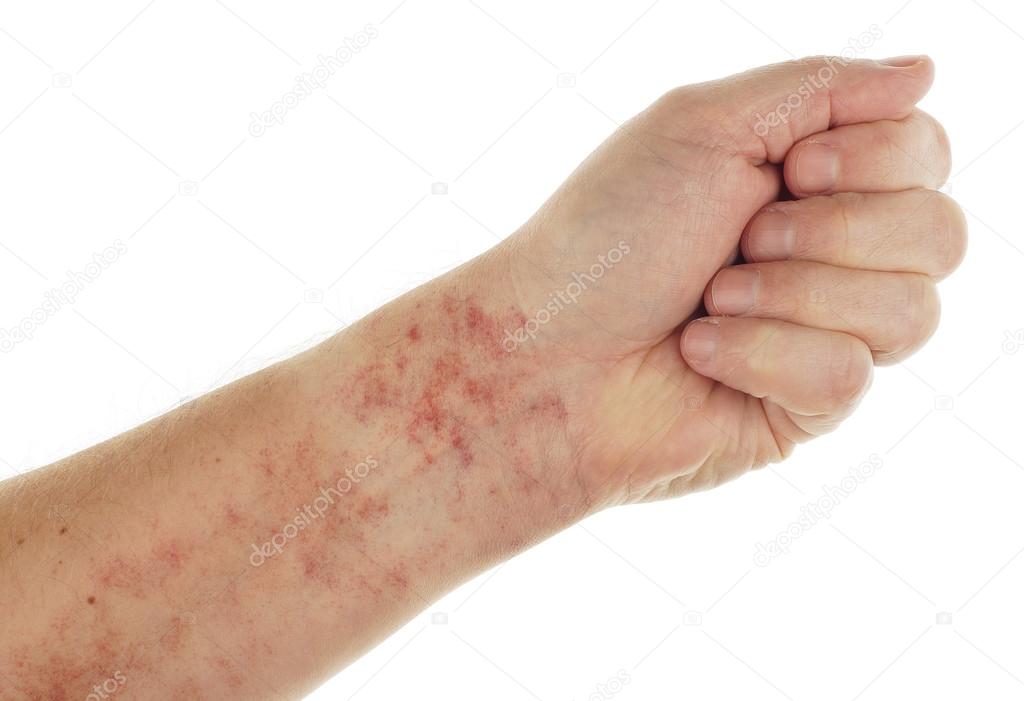
The sports are also associated with certain skin conditions and can be a side effect of some medicines.
Other names for dark spots are:
> age sports
>solar antigens
>hyper pigmentation
>liver sports
Symptoms of age-spot : -
Age spots may affect people of all skin types, but they are more common in adults with light skin. unlike freckles, which are common in children and fade with no sun exposure, sun- spots don't fade.
Age spots :
> are flat oval areas of increased pigmentation
>are usually tan to dark brown
>occur on skin that has had the most Sun. exposure over the years such as; the back of hands, top of feet, face, shoulder and upper back.
>range from freckles size to about 1/2 inches across.
>can group together, making them more noticeable.
Dark spots are generally harmless, but there are times when they could be cancerous. That's why its important to check with the health care provider.
Spots on the screen can range from light to dark brown or black in colour. They are flat and generally oval-shaped.
Dark spots can develop anywhere but they are most likely to appear on parts of the body that receive the most Sun exposure. These include: face, back of the hands, shoulders, arms or back .
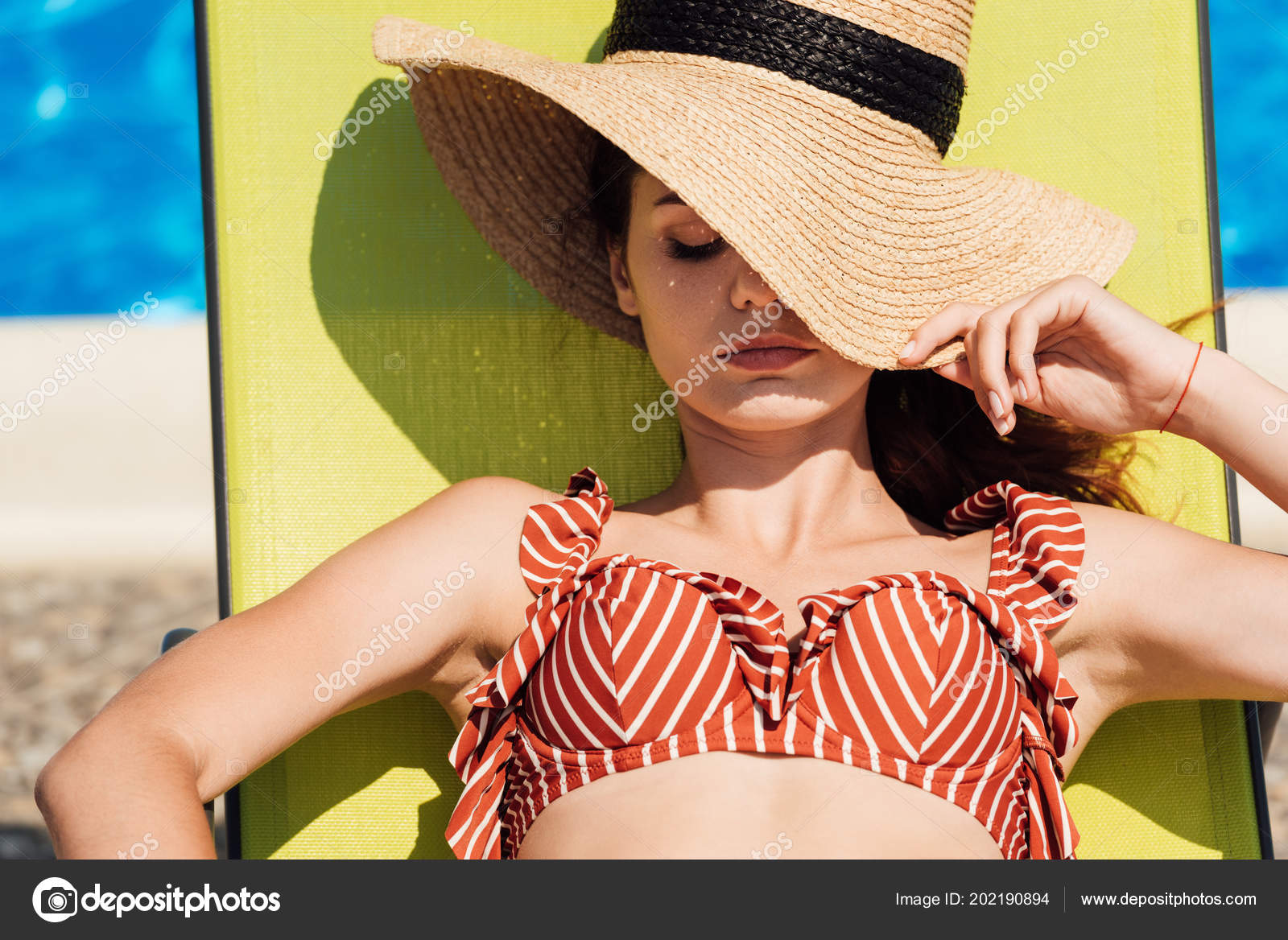
While individual spots are usually small, several can group and form larger areas of darkened skin.
Causes : -
Black spots are caused by over-active pigment cells. Ultraviolet light speeds up the production of melanin, a natural pigment that gives skin its colour. Dark spots are the result of the over production or collection of Melanin, a skin pigment that makes skin darker. They can also result from free radical damage.

> Exposure to UV light :-
The sun and tanning beds are the most significant cause of dark spots.
Hyper pigmentation often appears during middle age. That's when the skin starts to show the consequences of Sun exposure. This is especially true if you did not use sunscreen and other sun protective measures consistently earlier in life. People with light hair or skin and who have had many sunburns or severe ones, are at particular risks.
> Skin conditions :-
There are several different skin conditions and diseases that can cause dark spots.
Risk factors :- you might be more likely to develop age-spots if you have -
- light skin
- have a history of frequent or intense some exposure or sunburn.
Preventions : -
To help avoid age spots and new spots after treatment, follow these tips for limiting your sun exposure :
1. avoid the sun between 10:00 a.m. to. 2:00 p.m., because the sun rays are most intense during this time. Try to schedule outdoor activities for other times of the day. 2. Use sunscreen 15 to 30 minutes before going outdoors, apply a broad spectrum sunscreen with a sun protection factor (SPF) of at least 30. Apply sunscreen generously, and replay every 2 hours or more often. 3. Cover-up : - For protection from the Sun, wear tightly woven clothing that covers your arms and legs and a broad-brimmed hat, which provides more protection than does a baseball cap or golf visor. Consider wearing clothings designed to provide sun protection. Look for clothes labelled with an ultraviolet protection factor up of 40 to 50 to get the best protection.
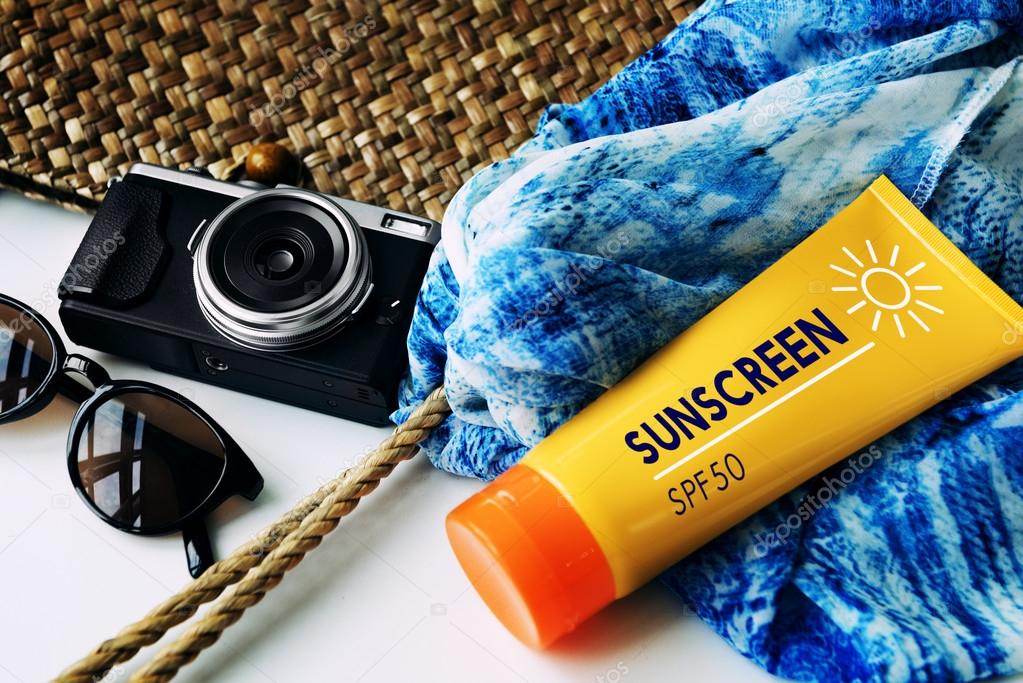
treatment
dark spot don't hurt, and they have the same texture as the rest of your skin. Dark spots can be added or removed completely with prescription drugs, medical procedures and at home treatments.
> Tropical treatments :- prescription bleaching creams gradually diminished the appearance of dark spots.
- hydroquinone : -
Is the active ingredient in prescription skin lightening creams. It works by reducing melanin production. however, long term use has some risks, so you should only use it on a short term basis. Other OTC products treats dark spots they might lesson the appearance of spots but may not eliminate them.
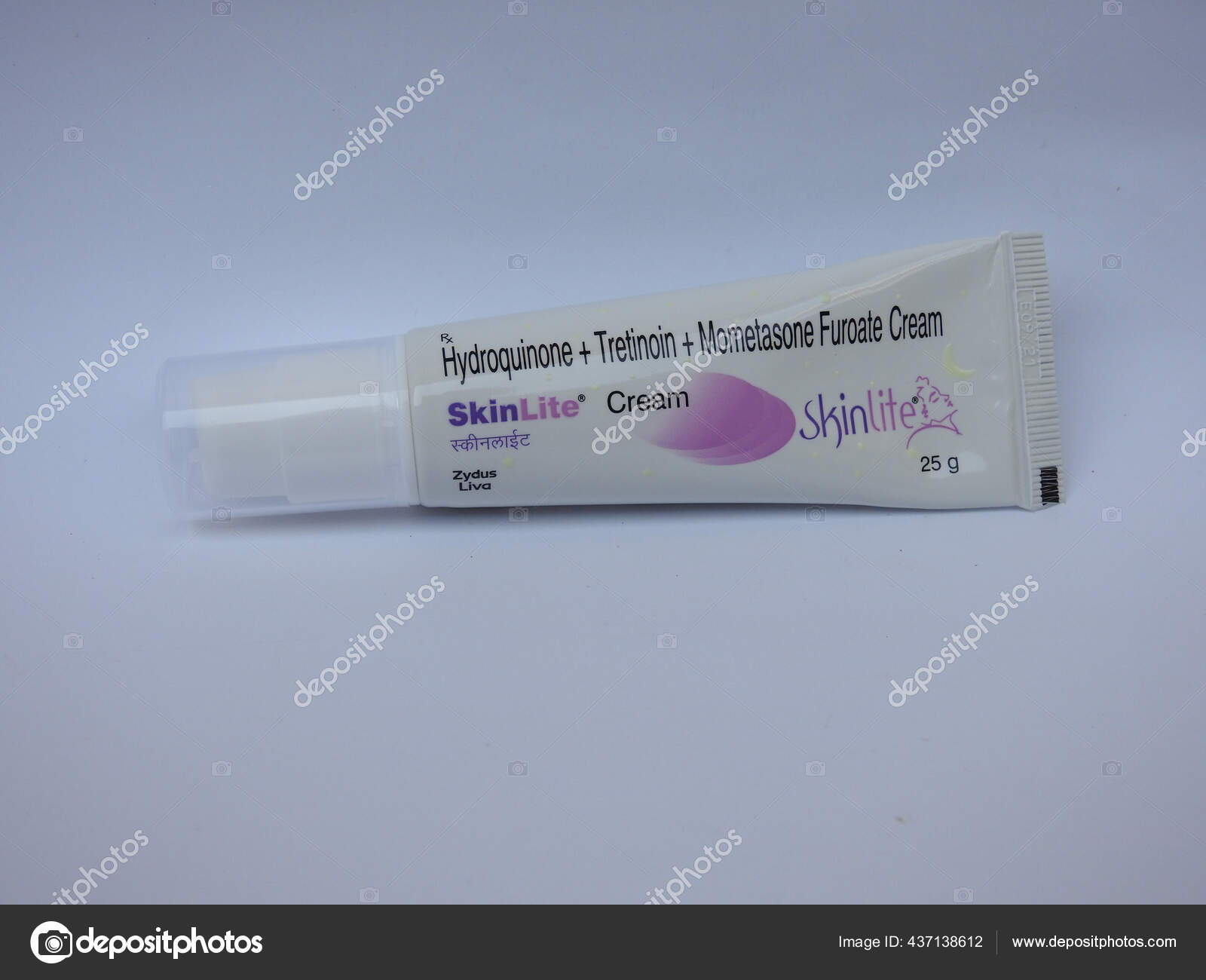
Creams that contain retinoids, Alpha hydroxy acid glycolic acid deoxyarbutin or Kojic acid works in reducing black spots.
> Side effects :-
including redness, swelling and skin irritation can occur with any topical medication. Skin lightening products contain abrasive ingredients that also make the skin extremely sensitive to UV exposure. So its essential to wear sunscreen with SPF consistently throughout treatment.
> Cosmetic procedures :-
Dermatologist can use medical procedures to treat dark spots on any part of the body. They are often used along with topical treatments. options are :- >laser treatment
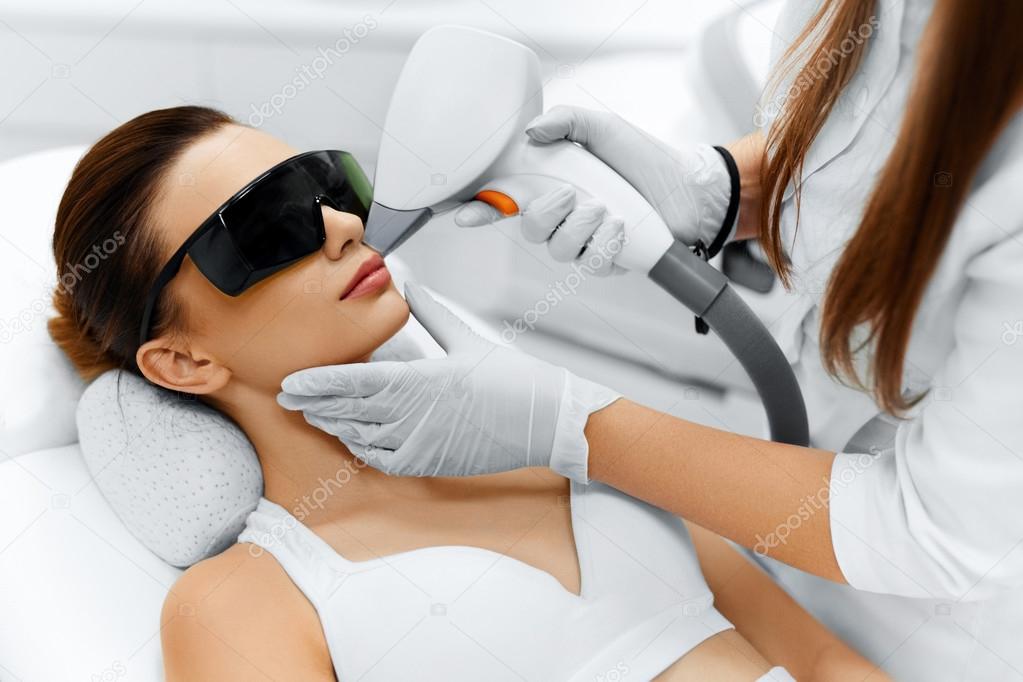
>chemical peels
>micro-dermabrasion
>cryo surgery
At home treatment : -
There are several ways that you can treat black spot at home some of them are :
> apple cider vinegar : - Apple cider vinegar contains acetic acid which may lighten pigmentation. To use it;
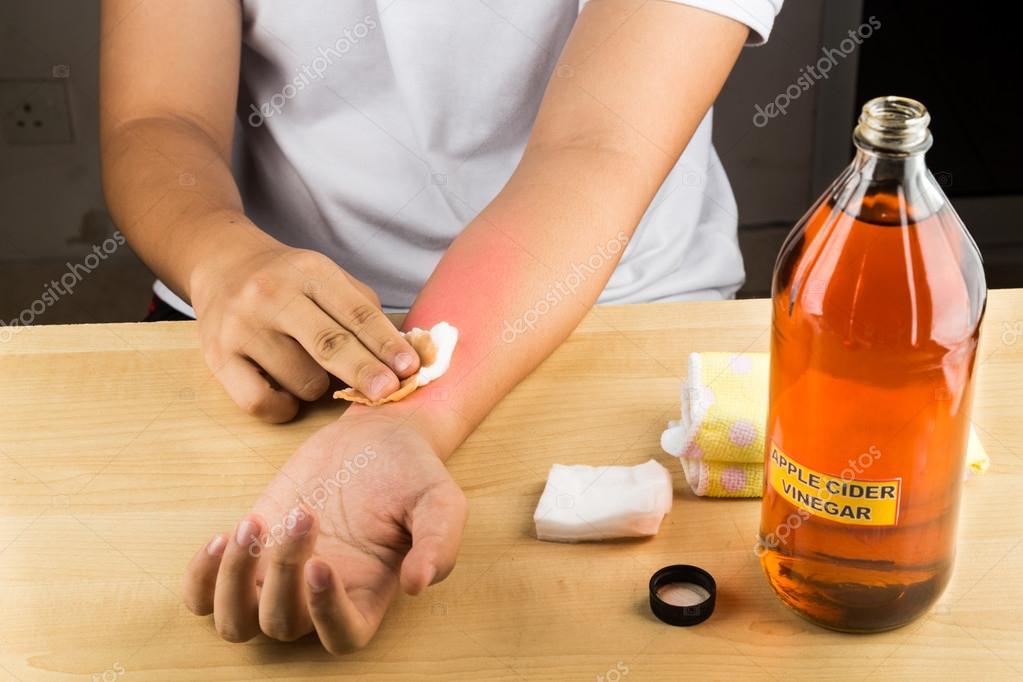
---combine equal parts of Apple Cider vinegar and water in a container
---applied to your dark patches and leave on 23 minutes
-- Rinse using lukewar water
--repeat price daily can remove the dark spot
>aloe vera : - Aloevera contains aloin, a natural depigmenting compound that has been shown to lighten skin and work effectively as treatment.to use it : -
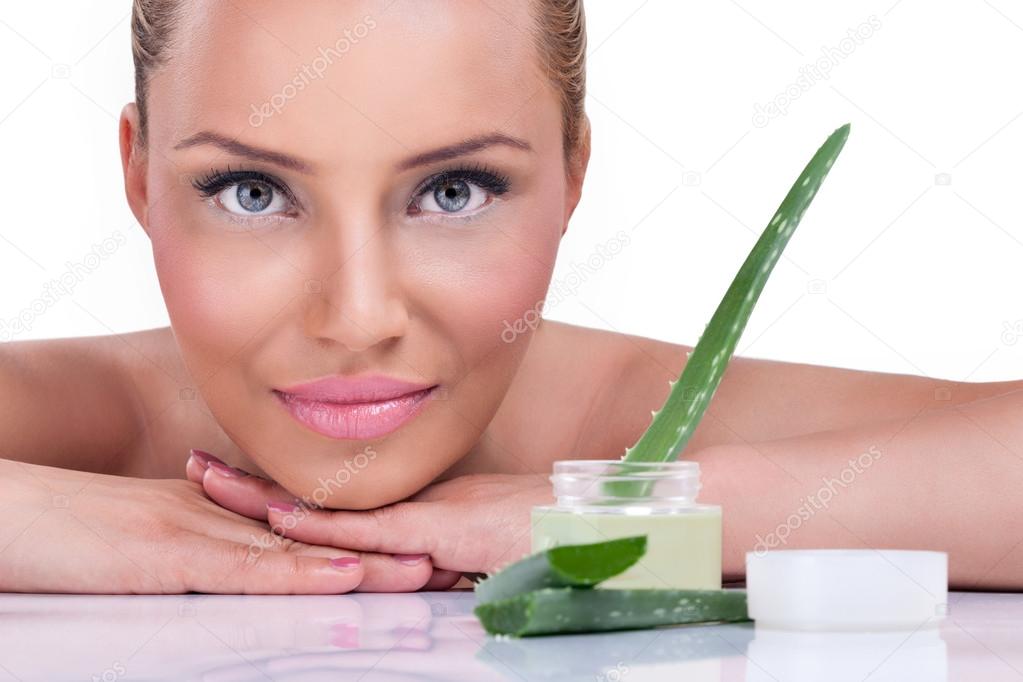
---apply pure Aloe Vera gel to pigmented area before bedtime
---rinse using warm water the next morning
---repeat daily until your skin colour improves
>Red onion : - Red onion extract is an ingredient in some commercially available skin and scar lightening creams. Dried skin of red onions can effectively lighten skin. Use creams, that contain Allium Cepa (red onion) extract as the treatment of pigmentation.
> Green tea Extract : - Green tea extract may have a depigmenting effect when applied to skin. To use it : -
---steep a green tea bag in boiled. water for 3 to 5 minutes
---repeat twice a day until you get results
> Masur Daal (red lentils) : -
Masur daal face mask which are made from red lentils are used as hyper pigmentation treatment. Red lentils are rich in antioxidants that are known to be good for the skin. To use : -
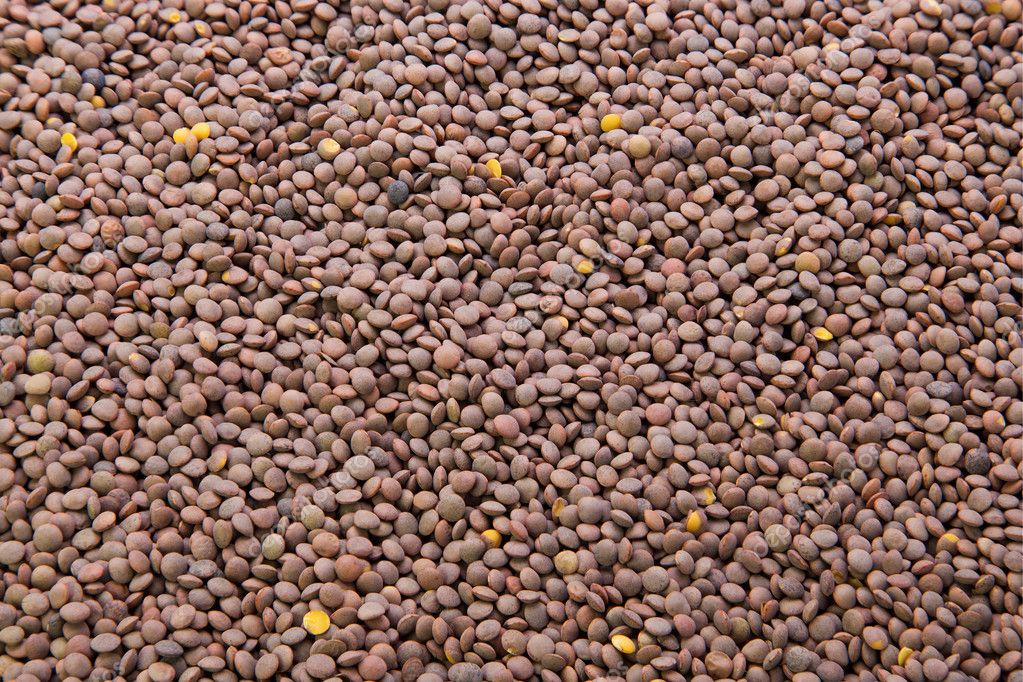
---soak 50 grams of red lentils overnight in a ball of water
---use a blender to create fine paste ---apply the paste evenly over your face and leave it on for 20 minutes
---- rinse with cold water and pat your skin dry with a towel.
Summary : -
Dark spots are common problem for those with black skin. They are harmless, but some may wish to treat them for cosmetic reasons. home remedies include addressing the underline cause and using skin lighteners. If these does not work, you can discuss the possibility of leather therapy or other treatments with the dermatologist.
Disclaimer : -
This article is only for information purpose. Black spots can be harmless or harmful if cancerous. So consult your dermatologist in odd conditions.
Thank you for reading the
article.
Have a lovely skin and be happy.
KEEP SMILING.......
(author: Chhaya Mishra)

0 Comments